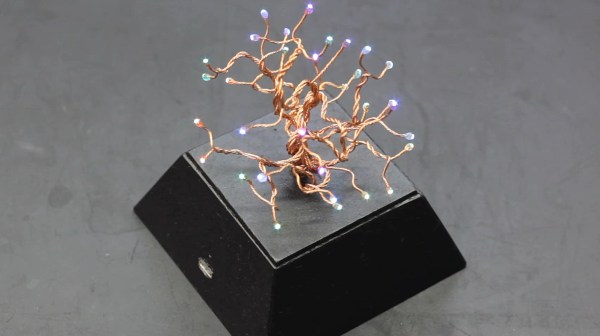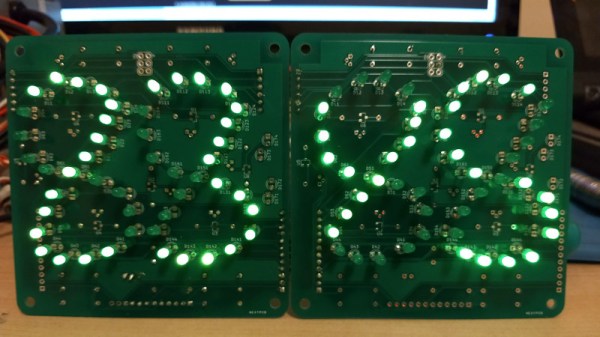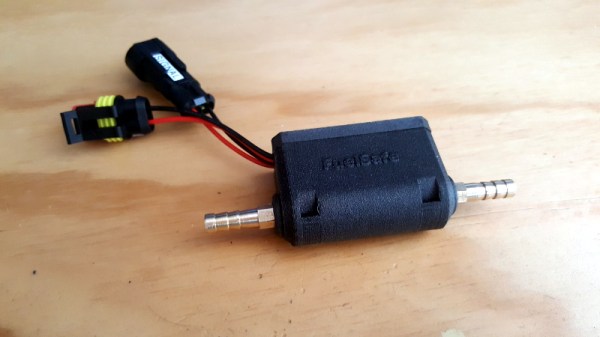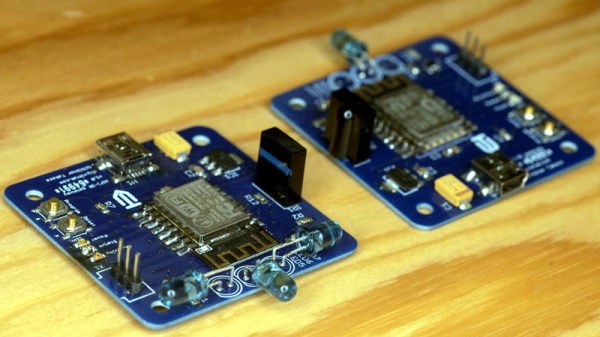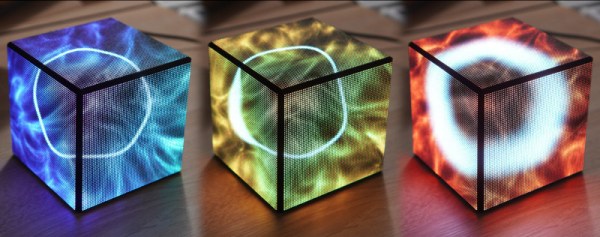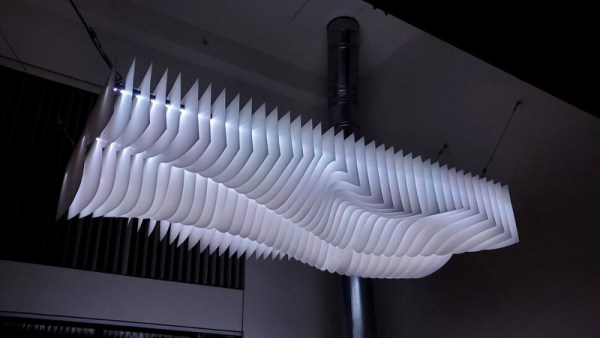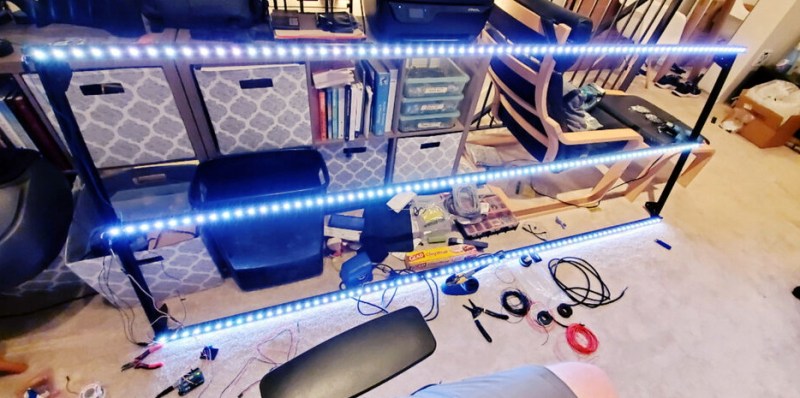Most people don’t hand solder their surface mount LED matrices these days, and they certainly don’t do it with RGB LEDs. [fruchti] isn’t most people, has managed to grow his electronic hobby into the art form know as Bonsai.
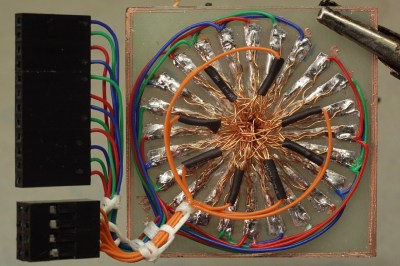 The organic shapes of miniature trees grown over the course of decades is the ultimate indicator of patience and persistence. For those who prefer bending copper to their will rather than saplings, producing an LED tree that looks and functions this well is an accomplishment that signals clever planning and patient fabrication. The animated result is a masterpiece that took about eighteen months to complete.
The organic shapes of miniature trees grown over the course of decades is the ultimate indicator of patience and persistence. For those who prefer bending copper to their will rather than saplings, producing an LED tree that looks and functions this well is an accomplishment that signals clever planning and patient fabrication. The animated result is a masterpiece that took about eighteen months to complete.
There are 128 enamel-coated wires that twist into branches holding 32 RGB light-emitting diodes. Tapping into each at the base of the tree is a chaotic mess made a bit easier by a cleverly designed circuit board.
A circular petal pattern was laid out in Inkscape that includes a hole at the center for the “trunk” to pass through. The LED matrix is designed with 8 rows and 12 columns, but 24 pads were laid out so that only four wires would need to be soldered to each copper petal. Even so, look at the alligator clip holding up this PCB to get an idea of the scale of this job!
The angular base is itself made of copper clad board soldered on the inside of the seams and painted black on the outside. This hides the “petal” PCB, as well as a breakout board for an STM32 microcontroller and a power management circuit that lets you use your choice of USB or a lithium battery.
We wonder if [fruchti] has thought about adding some interactivity to his sapling. While we haven’t seen such a beautiful, tiny, creation as this, we have seen an LED tree whose lights can be blown out like birthday candles. Wouldn’t this be an excellent entry in our Circuit Sculpture challenge? There’s still a few weeks left!

